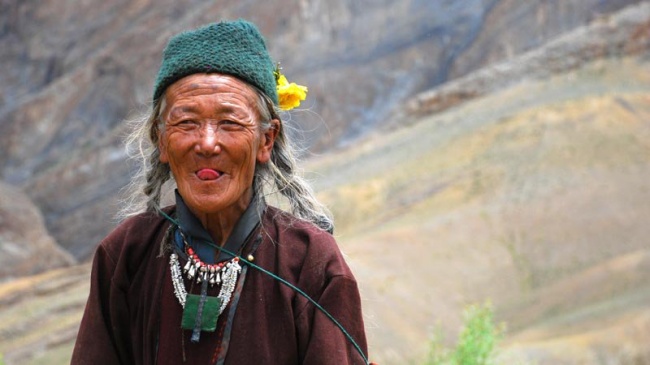
It’s impossible to learn all the languages in the world, and whenever we travel, we have to find ways to understand each other despite the language barrier. However, if we want to get the most out of your trip, we recommend to at least learn how to greet the locals.
Here’re 15 greeting rituals from around the world — all so different from the good old handshake!
[adinserter block=”1″]
The Philippines: “Mano”
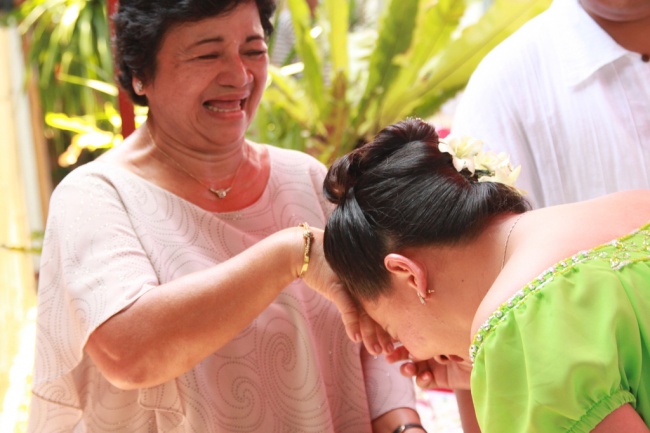
Travelers visiting the Philippines will have the opportunity to witness one of the unique welcoming customs. The Filipinos perform a beautiful gesture called Mano (which is “hand” in Spanish) to show respect to elders. They take the elder’s hand gently and press their foreheads to it with a subtle move.
Tip: Be gentle when touching the older person’s head with your knuckles, you don’t want to give them a ‘knuckle head’.
Japan: Bowing
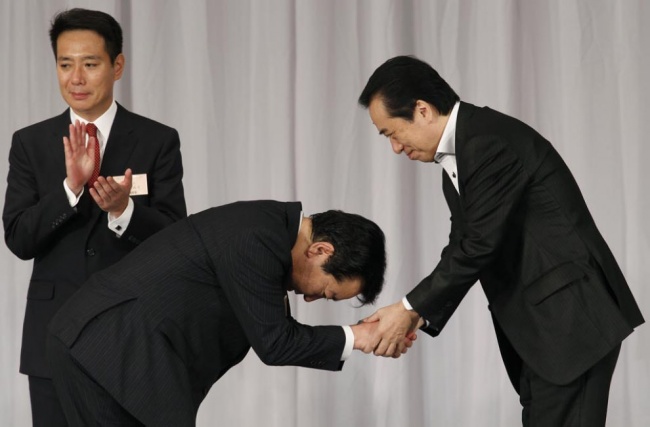
The Japanese greet each other with a bow. The interesting is that their bows differ in angle and duration depending on the person they’re greeting. The longer and deeper the bow, the more respect you are showing. Small head bows are common among younger people in Japan as a more casual and informal welcome.
If the welcoming takes place on a tatami floor, a traditional type of Japanese flooring, people are required to get on their knees in order to bow. Most Japanese don’t expect foreigners to know proper bowing rules so a slight nod of the head is acceptable.
Tibet: Sticking your tongue out

Tibetan monks stick their tongue out to greet people. They also press the hands together and place them in front of their chest to show that they “come in peace.” They started doing this to prove that they’re not the reincarnation of a very cruel king from the 9th century, known as Lang Darma, who had a notoriously black tongue. The Tibetan people feared that King Darma would be reincarnated so they began greeting each other by sticking out their tongue to prove that they weren’t evil.
Tip: Refrain from greeting Tibetans in the traditional way if you’ve been chewing liquorice.
India: “Namaste”
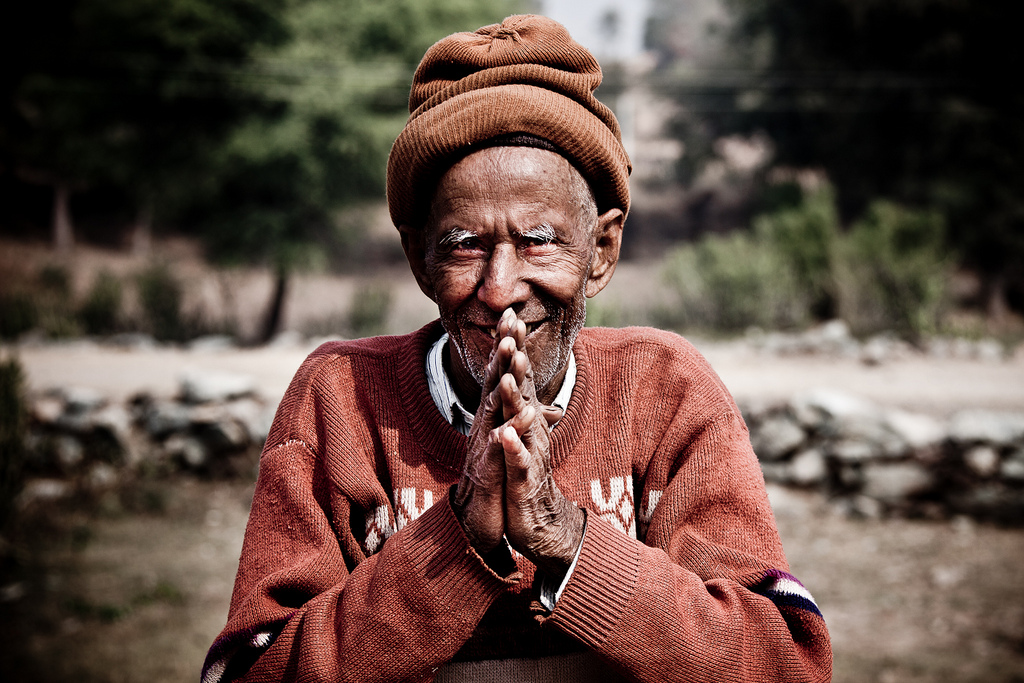
In India, people greet each other with the Añjali Mudrā salute. People press their palms together over their heart and say “Namaste.”
[adinserter block=”1″]
Thailand: “Wai”
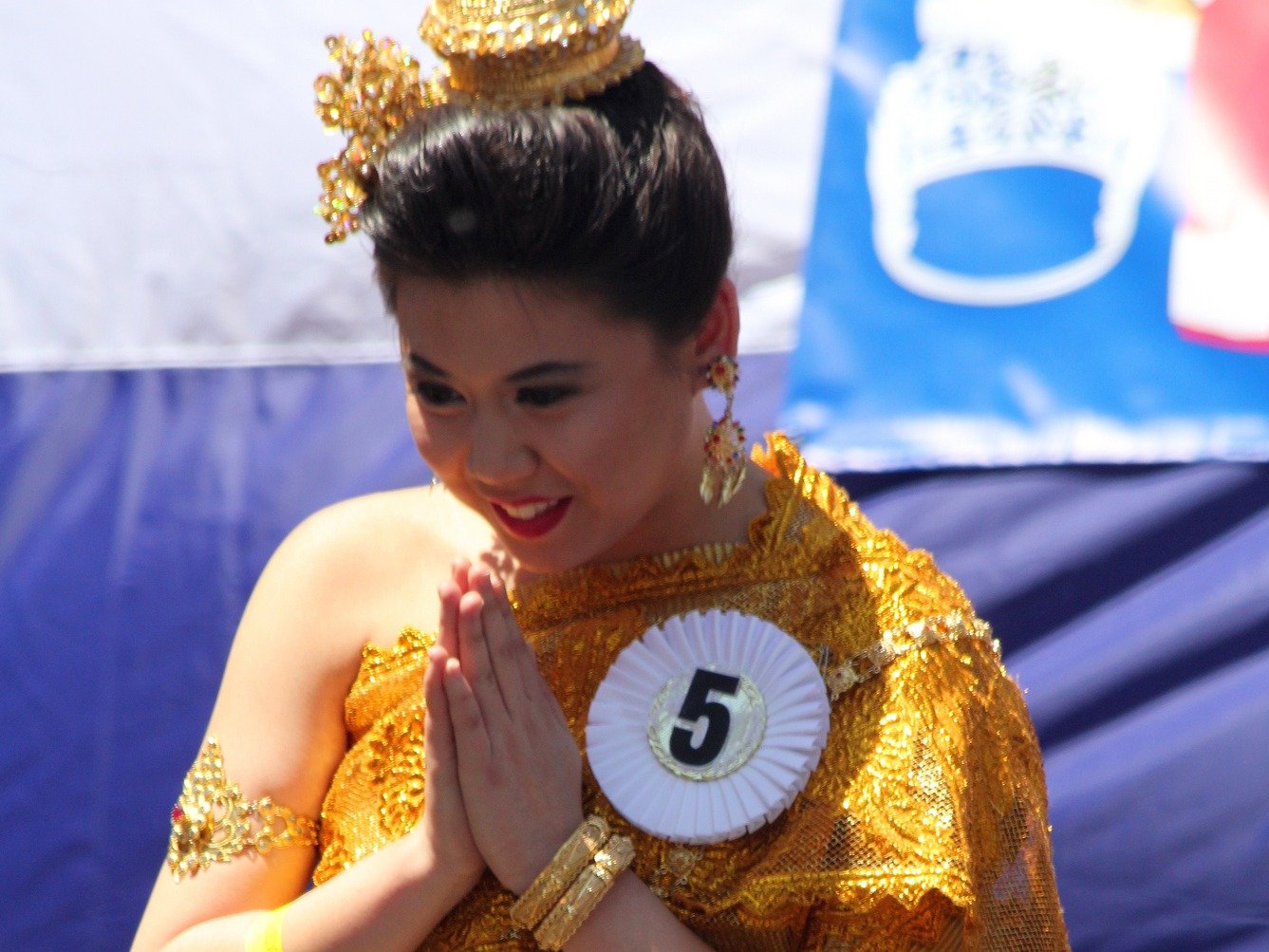
The Thai greeting referred to as the wai is a graceful tradition and requires one to take a slight bow of the body and head with palms pressed together in a prayer-like fashion and say ‘Sawaddee’.
Travelers visiting Thailand will notice that hand positions can change: the higher the hands in relation to the face the more respect the giver of the wai is showing. This custom originally was used to indicate the absence of weapons, considered the ultimate show of respect and is still used extensively throughout Thailand today.
Saudi Arabia: Nose “kisses”
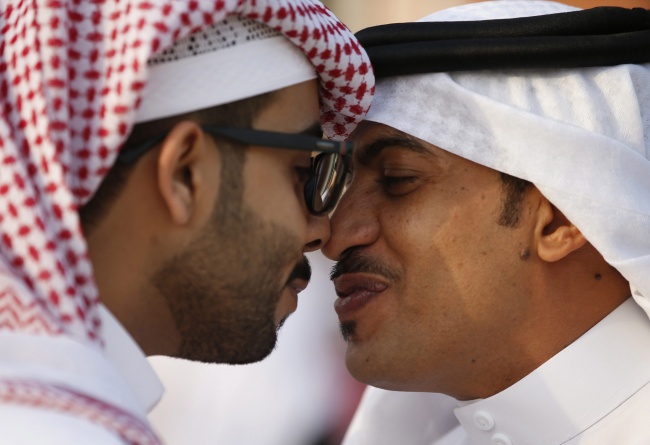
In Saudi Arabia, people use a handshake and the words “As-salaam Alaykum,“ meaning ”Peace be upon you.” It is usually followed by nose kissing and the placing of one hand on the other’s opposite shoulder.
Kenya: “Adamu”
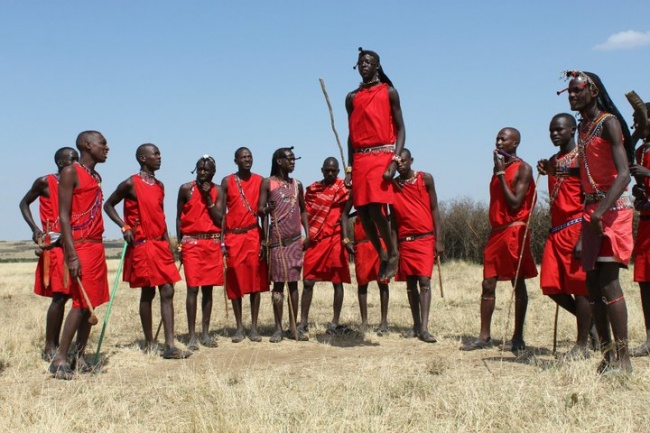
If you’re lucky enough to witness the unique welcoming greeting of the Maasai’s, you’re in for a treat! Warriors of the Masai tribe in Kenya will initiate newcomers into a dancing ceremony where they will form a circle and compete to decide who can jump the highest.
Traditionally the dance begins by telling a story and concludes with dancers forming a circle and competing to jump the highest, demonstrating to visitors the strength and bravery of the tribe. Be prepared, often a blend of cow’s milk and blood can be offered to visitors as an addition to the welcoming dance.
New Zealand: “Hongi”
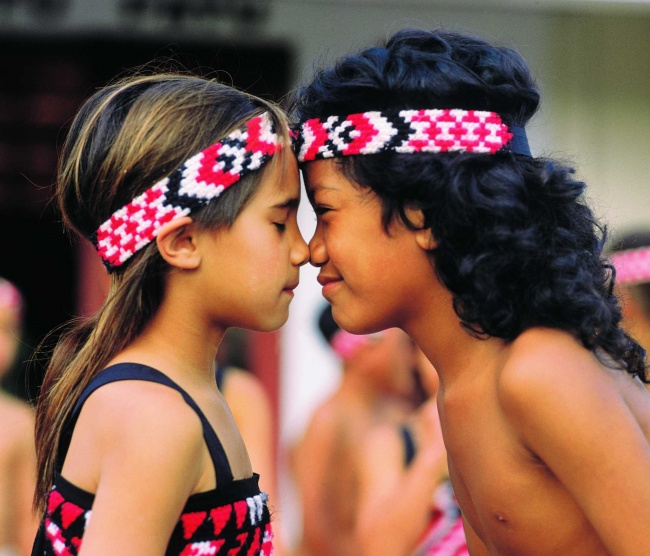
The Māori people in New Zealand say hello by initiating a traditional gesture, Hongi, which involves two people pressing their noses and foreheads together, and look at each other’s eyes. It is a symbolic act referred to as the ‘ha’ or the ‘breath of life’, which is considered to come directly from the gods.
Tip: Keep your eyes open to avoid misjudging the distance or you could be in for a rather awkward moment, not to mention a very sore nose.
Malaysia
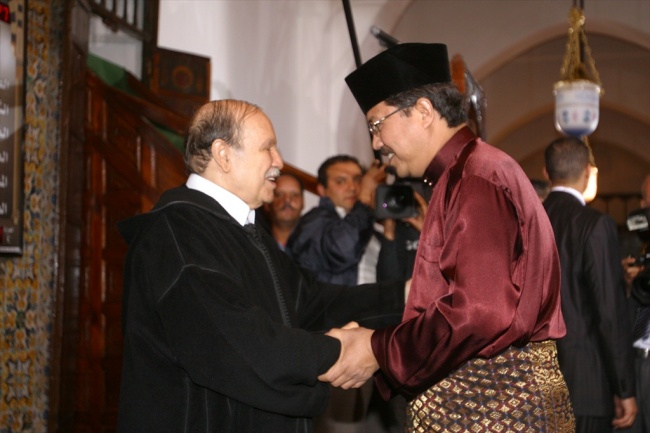
Malays usually stretch out their hands and touch the other person’s fingertips and then bring their hands to their hearts. It symbolizes that they’re greeting you from their hearts.
Botswana: Handshake
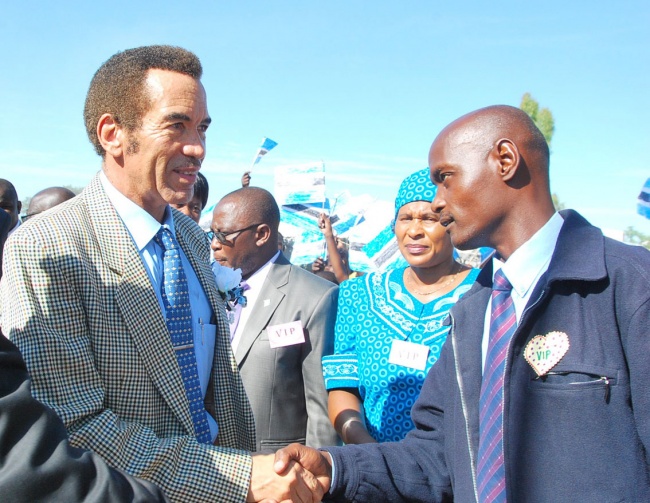
In Botswana, you have to follow a series of simple moves to greet someone appropriately. To perform this, you have to follow three steps: extend your right arm, place your left hand on your right elbow, and press hands together. Interlock your hand with the other person’s, interlacing thumbs; and then return to the original position and say “Lae kae?” which means “How are you?” in Setswana.
Greenland: “Kunik”
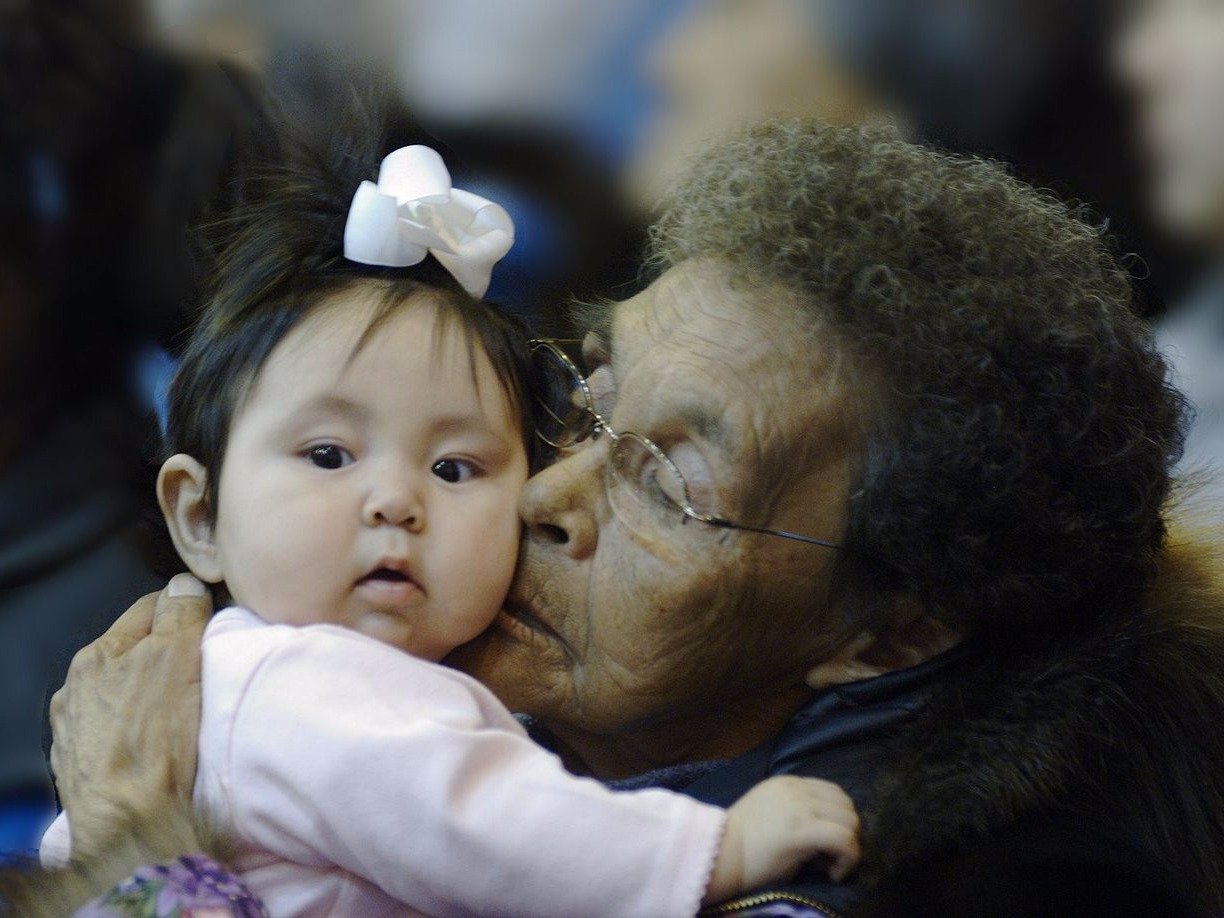
You know how everyone thinks they greet others by pressing the tip of their noses against each other? Well, forget about it. Don’t even talk to them about it because it’ll bug them. But they perform a unique and traditional greeting with their loved ones called “Kunik, ” and it consists of placing their nose and upper lip against the cheek or forehead of the other person and taking a deep breath. The traditional kunik is mainly used among family members and loved ones.
Tip: Make sure you don’t have a runny nose when doing the kunik in freezing temperatures or you might just find yourself getting stuck to the person you are greeting.
[adinserter block=”1″]


